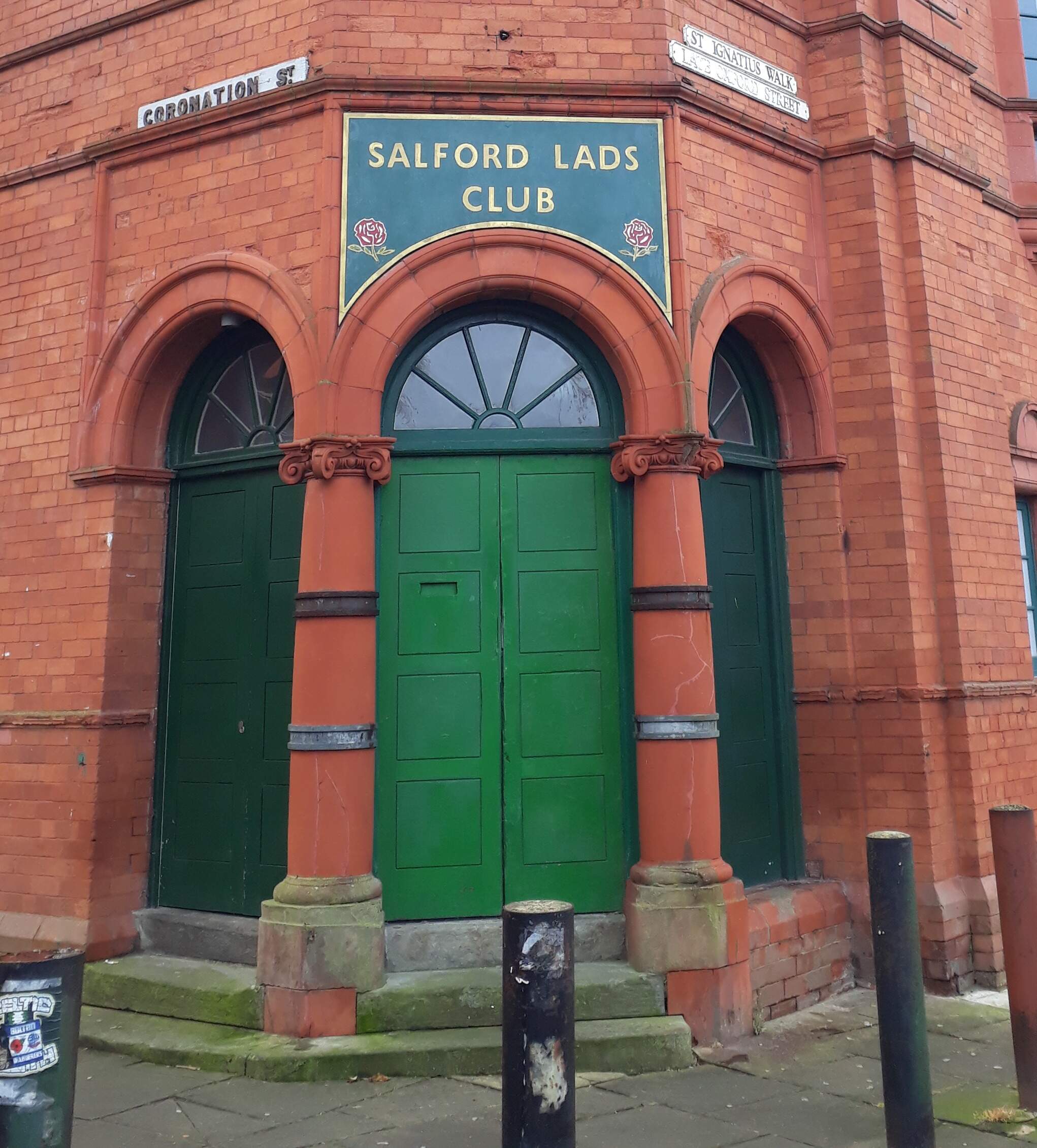Stumbling upon grand
buildings seems to be a habit of Dave’s and mine, and this one is no exception.
With a little research I established that Salford Lads Club was founded in 1903
by two brothers, James and William Groves, who were from a family of local
brewers partnered with Arthur William Whitnall (Groves and Whitnall Brewery).
The building itself was designed by Henry Lord, who also designed the former
Salford Royal Hospital and Salford Museum and Art Gallery. Now, the club wasn’t
opened until a year after it was founded but it was opened by a man whose name
you might recognise—Robert Baden-Powell. Baden-Powell would later become the
founder of the Scout movement.
Salford Lads Club housed recreational activities and still stands today on the corner of St Ingatius Walk and Coronation Street within the Ordsall area of Salford, Greater Manchester. Change has occurred since these early days, as now both sexes are welcome through the doors. Isn’t it shocking to think, in our day and age, that they weren’t originally! (And I await the comments on my social media lol).
Through time footballers and singers graced the building with their presence, the club kept them off the streets, away from gangs and out of trouble. It was the purpose of such clubs to kept young lads off the streets, encouraging them to become good, God-fearing citizens. Local philanthropic businessmen running these institutions soon realised that in order to beat the outside attractions of gambling, street fights and other such misadventures, were in need of supplying more than simple games.
Draughts and billiards were not enough!
Excitement was in order and thus a boxing ring was installed as well as a snooker room and a gymnasium with a balcony—all features remaining at Salford to this day, which aided the building gaining its listed status in 2003 along with the original tiling that add to the beauty of the place.
Added notoriety has blessed the club—it appeared on the sleeve of The Smiths album ‘The Queen is Dead’ (sorry for the blasphemy but I’m quoting a fact here) as well as being placed third in a competition in finding Britain’s most iconic building.
Popularity seems to have been a driving force to keep the place going and during the winter months membership grew to one-thousand members, with the doors opening from 7pm until 10pm. The club help annual camp holidays from 1904, predating the first Scout camps set up by Lord Baden Powell—how cool is that!
